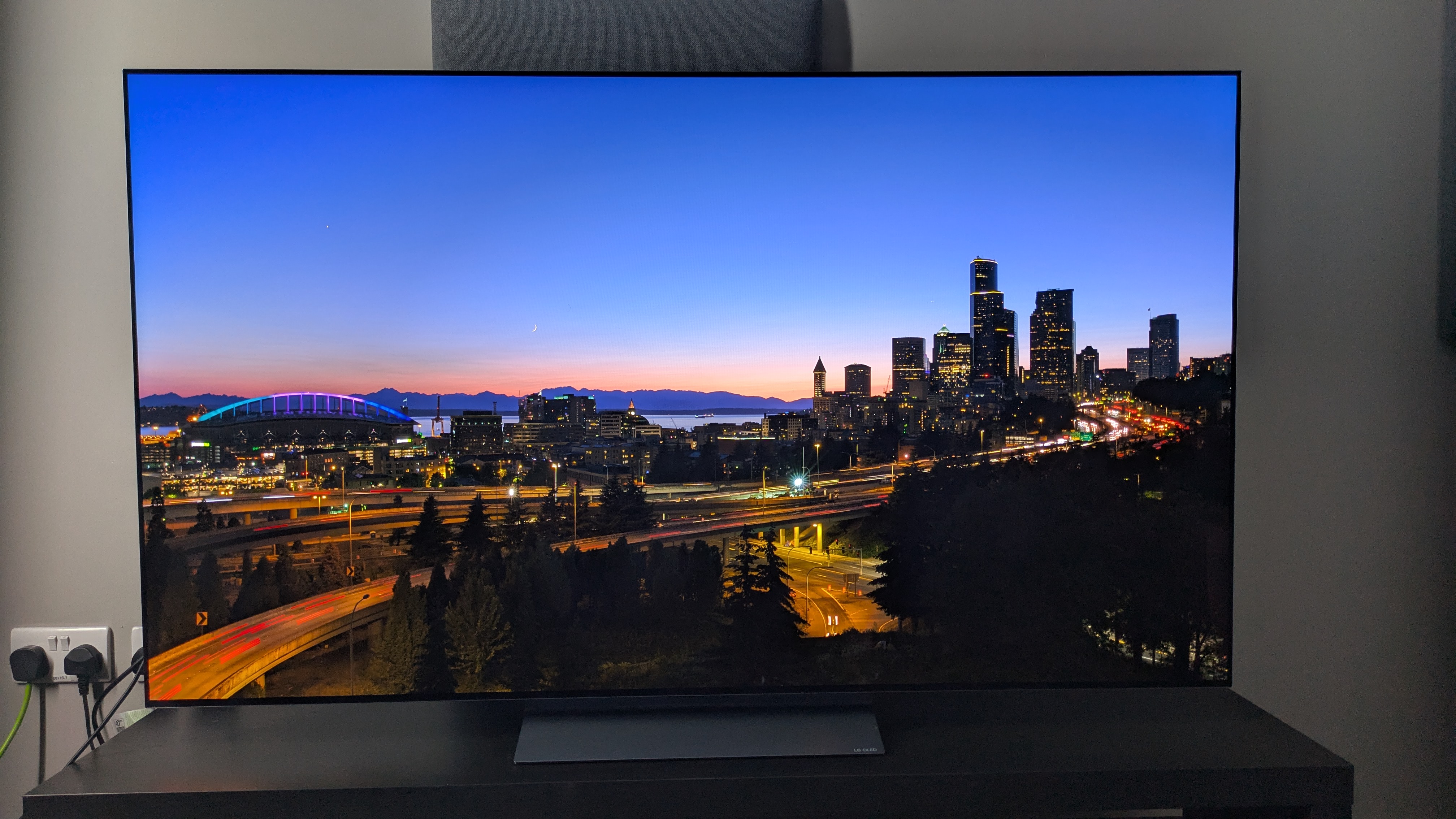- Filmmaker Mode 1.1 includes ambient light compensation
- It will have no effect in very dark rooms.
- Will deliver brighter images without ruining accuracy
Filmmaker Mode is getting a much-needed update that solves a key problem with the TV’s picture purity settings: for many of us, it’s too dark.
As much as I like the idea of Filmmaker Mode (delivering movies exactly as their creators intended them), there is one small problem with that, and that is that I, and many of the readers who have been in contact with us about Filmmaker Mode on their televisions, don’t see our televisions in a movie theater.
And that means that Filmmaker Mode makes many movies so dark that you might as well black out the screen if it’s a bright day.
Filmmaker Mode 1.1, introduced by the UHD Alliance, solves that problem.
Version 1.1 uses your TV’s ambient light sensor to adjust the brightness based on the ambient light in your room.
That doesn’t mean your classic movie collection will suddenly look like you’ve enabled retail mode on your TV to make everything brighter than everything else. But for those of us who can’t watch movies in complete darkness, it will allow us to get the benefits of Filmmaker Mode without eye strain.

Image processing is not the enemy
We use Filmmaker mode when testing TVs because it’s usually the most accurate mode. But it’s not always the most useful mode for everyday viewing, because in its quest for cinematic purity it disables a lot of processing functions. And one of those features is your TV’s ambient light compensation.
Image processing has a bad reputation, but the problem is not that image processing is bad; is that bad image processing is bad. We’ve all experienced the slightly nightmarish sharpening of faces due to overly aggressive image processing, especially when upscaling low-resolution images. But if used wisely, image processing can and does improve things.
A good example of this is movement management. A lot of it is horrible, especially in the movies. But you need a little on today’s glossy TVs or you get judder in panning, which is something that ruins movies and TV shows for me and which Dolby Vision 2 Max’s smart Authentic Motion technology feature is partly designed to address.
The same goes for light compensation. If you’re in the kind of room where Martin Scorsese watches movies, then darkness is great: there’s virtually no ambient light in those rooms, which were designed specifically to show movies. But in most cases your room wasn’t: it’s just a normal room with windows, curtains or blinds, and light coming from various places.
If you’re in Marty’s movie reference room, this switch to Filmmaker Mode won’t make any difference to your experience: the ambient sensor won’t detect enough ambient light to trigger image processing.
But if you’re in a regular room and your TV has Ambient Filmmaker mode (which is already on TVs like the LG C5 and LG G5 OLED), then the algorithm will adjust the image so you can see it: not the colors or the color temperature, just the brightness of the image. FlatpanelsHD has a helpful guide on how the algorithm works, as well as edge cases where it might not be as effective.
I think this is a welcome development. It won’t ruin things for serious moviegoers in their go-to theaters, and it will improve things for those of us with more modest movie-viewing setups. Expect to see the new Filmmaker mode on more TVs through 2025 and beyond; We’ll keep an eye out for any news on specific existing models.

The best televisions for all budgets
Follow TechRadar on Google News and add us as a preferred source to receive news, reviews and opinions from our experts in your feeds. Be sure to click the Follow button!
And of course you can also follow TechRadar on TikTok for news, reviews, unboxings in video form and receive regular updates from us on WhatsApp also.



